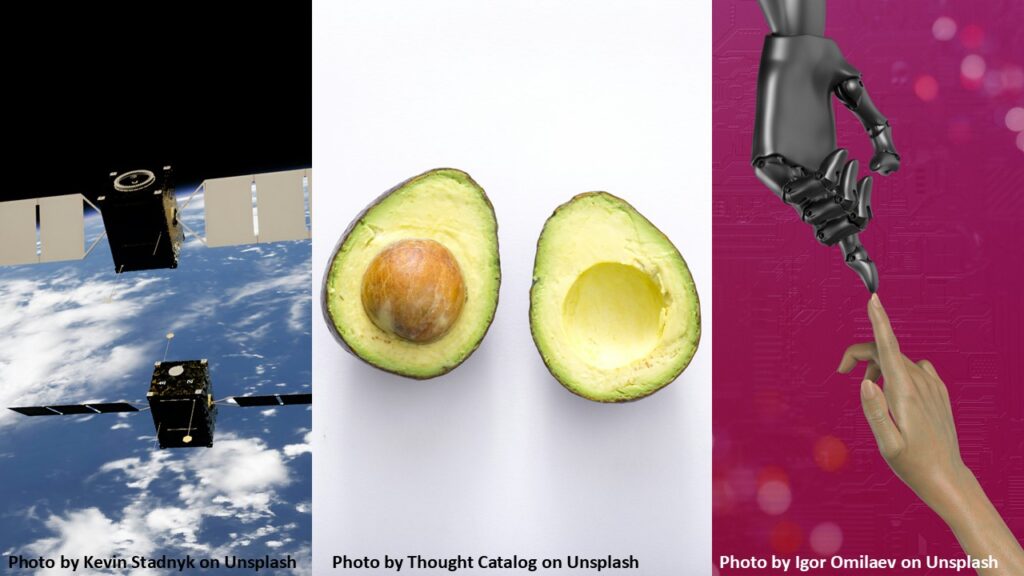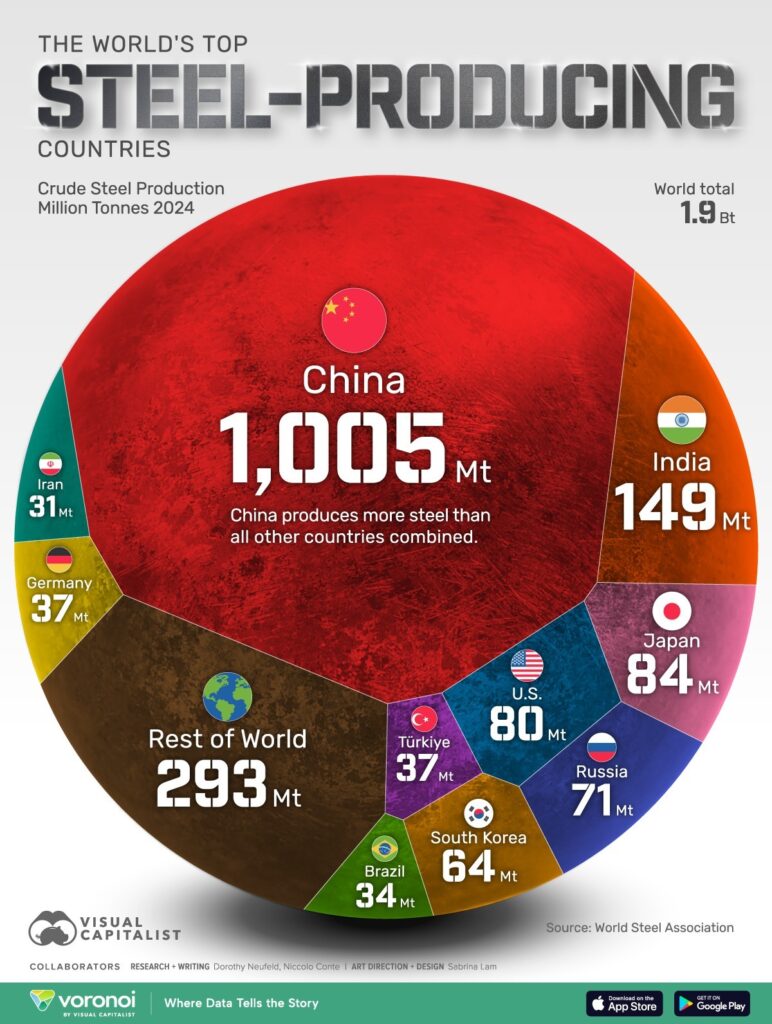International brand protection 🎯 IP Management Pulse #41
Many IP experts in the IP community at I3PM, the HTB-EPO initiative, IP offices and institutions in national and regional innovation systems have asked Prof. Dr. Alexander Wurzer: “Where can you be sure not to miss any important IP management content?” In fact, you have to follow a number of interesting feeds to really keep up with the global developments around IP management. To make this easier he decided to offer his own personal newsletter for IP management. Here, you can find the latest issues in the archive and also subscribe. A fresh read with all important IP Management content will be sent to the subscribers every second Thursday at 7:00 (CET), so that they can start the day informed.
The next Newsletter will cover the following topics:
International brand protection
Ever noticed that your German avocado says “Variety Hass”? That’s not an angry fruit — it’s named after Rudolph Hass, the Californian who patented this variety in the 1930s. But it’s a perfect reminder: creating global brand names is a minefield.
👉️ To the LinkedIn post
New ruling on AI inventorship
DABUS is since a few years exploring the question, if an AI can be legally named as an inventor. A new court decision in Switzerland is discussed in the following post.
👉️ To the LinkedIn post by Malte Köllner
Connecting IP and innovation
How patents can best support innovation is a centuries-old question. Already the Wright Brothers were struggling with finding a middle way between building a patent fortress and licensing. More in the LinkedIn post.
👉️ To the LinkedIn post by Priggya Arora
IP in space
When we are dealing with patent laws, they are always tied to a jurisdiction. This causes tremendous challenges for IP protection and enforcement in space, which are discussed in the LinkedIn post.
👉️ To the LinkedIn post by Masaki Kataoka
Layered IP strategies
Digital businesses are constantly and quickly evolving and that is forcing businesses to iteratively review their IP protection. In case you find gaps in your IP protection, the LinkedIn post explains how to obtain a layered IP protection.
👉️ To the LinkedIn post by Maria Boicova-Wynants
Whom to follow
Tomas Klinka is a Partner at SIGNUM legal with a focus on IP/IT law. In his LinkedIn feed, he provides valuable updates on new laws and court decisions in Slovakia. Additionally, he provides information on domain disputes and alternative dispute resolution. Finally, he is supporting the IP business academy as an Ambassador Partner in Slovakia.
Cesar Ramirez Esteves is a Partner at VILA and concentrates on IP litigation in Mexico. On LinkedIn, he provides valuable information in checklists and shares summaries about current court decisions. The special attention of his feed lies on IP in the beverage industry. Additionally, he is supporting the IP business academy as an Ambassador Partner in IP awareness raising.
New on the Resource Hub
Digital marketing: LinkedIn Essentials to boost your Profile
These insights are designed for IP experts who want to make LinkedIn work for their business—not just as a résumé, but as a professional landing page. Whether you’re building your visibility, attracting clients, or simply refining your profile, this is your go-to resource to get started.
Business Development: From IP Awareness Building to Business Development
This course will equip you with skills in market intelligence gathering, identifying and analysing trends, conducting thorough client needs assessments, applying interdisciplinary knowledge, embracing continuous learning, performing economic analysis of IP, and leveraging digital literacy for IP practice.
Who needs to hear you? – how to map and understand the audience your expertise is truly for?
When building a personal brand as an IP expert, the natural starting point is your own expertise — the technical fields you know, the cases you’ve won, the patents you’ve filed, or the strategies you’ve designed.
But the real shift happens when you ask a different question:
Who is your expertise for and what does it help them do?
This isn’t just a branding exercise. It’s a business-critical mindset shift. Whether you’re aiming to attract new clients, gain internal influence, or open doors to speaking or publishing opportunities, your personal brand only becomes powerful when it’s anchored in relevance. And relevance requires a clear understanding of your audience.
Navigating the green IP landscape: a strategic imperative for growth-oriented companies entering the European market
In an increasingly environmentally conscious world, the convergence of green technologies, sustainable practices, and intellectual property (IP) is creating new frontiers for innovation and market expansion. For growth-oriented companies, understanding this dynamic landscape, particularly when eyeing international markets like Europe, is not just an advantage—it is a strategic imperative.
Smart parking reinvented with AI-based white spot analyses, IP design, and synthetic inventing
 Parking may seem mundane — but in the modern city, it’s at the very heart of real estate value, urban flow, and the digital transformation of mobility. The I3PM Case Study Smart Parking 2025 demonstrates how innovative companies and IP strategists are rethinking parking: not just as a static, concrete asset, but as a digitally connected, AI-optimized, user-centric experience that generates new revenue streams and unique spheres of exclusivity.
Parking may seem mundane — but in the modern city, it’s at the very heart of real estate value, urban flow, and the digital transformation of mobility. The I3PM Case Study Smart Parking 2025 demonstrates how innovative companies and IP strategists are rethinking parking: not just as a static, concrete asset, but as a digitally connected, AI-optimized, user-centric experience that generates new revenue streams and unique spheres of exclusivity.
Patent information in the steel industry
In the last decades the steel market drastically expanded, especially in China. But also other Asian countries, the US, Russia, Germany and Brazil are trying to secure their share of the market. Today, the trend is towards the creation of specialty steels and unique alloys, which are protected by big patent portfolios.
In this interview blogpost, Sascha Kamhuber explains the current trends in the steel industry and the role of patent information.
Understanding and managing IP risks for SMEs and startups
Intellectual property (IP) is a critical asset for startups and small-to-medium enterprises (SMEs), offering competitive advantages, market differentiation, and value creation opportunities. However, managing IP comes with inherent risks that can have severe financial, reputational, and operational consequences if not addressed effectively.






